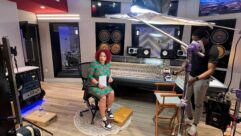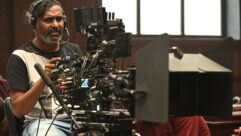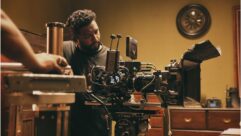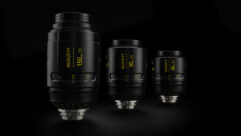Cooke Optics can proudly share that its globally renowned Cooke S4/i spherical lenses were the tool of choice for cinematographer Ksenia Sereda to shoot The Last Of Us, the new HBO series based on the critically acclaimed video game of the same name developed by Naughty Dog for the PlayStation® platforms.
The Last Of Us story takes place twenty years after modern civilization has been destroyed. Joel, a hardened survivor, is hired to smuggle Ellie, a 14-year-old girl, out of an oppressive quarantine zone. What starts as a small job soon becomes a brutal, heartbreaking journey, as they both must traverse the U.S. and depend on each other for survival.
“I played the game for the first time almost four years ago, and I was absolutely fascinated by its cinematic look – I wasn’t ready for how beautiful it was, the lighting was gorgeous. And the most surprising thing was how deeply I connected to the characters in the game,” said Sereda. “So of course, it was a lot of pressure to translate the video game language into the TV series because it’s already beautiful and everyone, including nearly all of the crew, loved the game.”
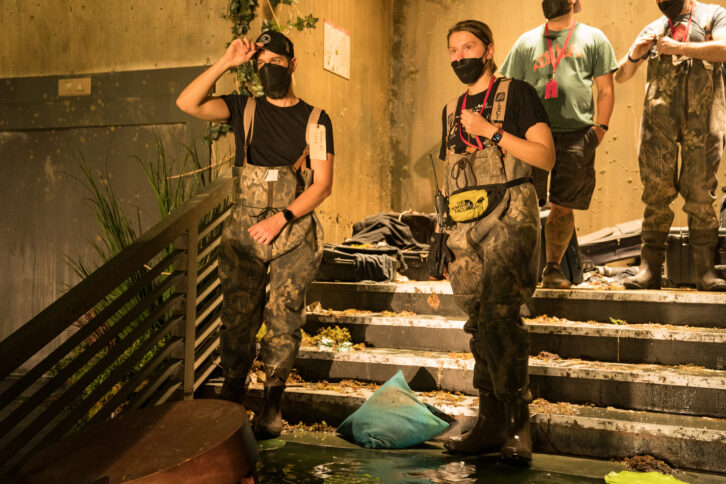
While three other cinematographers – Eben Bolter, Nadim Carlsen and Christine A. Maier –joined the production to work on several episodes, at the start of the process Sereda worked closely with Neil Druckmann, the writer of the original game and co-creator and writer/director for television, and Craig Mazin, co-creator and writer/director for television, to capture the visual language of the series. Starting from an incredible cinematic reference in the game itself, one of the most important things was to recreate the atmosphere of this dystopian world.
“Some may say that The Last of Us is a post-apocalyptic ‘fight for survival’ story, but for me, the real story is about people building new lives in new circumstances. It’s about friendship and love, and the most important thing is the characters’ journeys. Part of the joy of the game is the interactivity with the characters, seeing action from their perspective, so for the TV show we wanted to stay as close to them as possible, and that informed our choice of camera and lenses,” explained Sereda.
Following a short period of tests, Ksenia decided on pairing Cooke S4/i spherical lenses with the ARRI ALEXA Mini camera. “I am obsessed with spherical lenses,” she said. “I wanted to keep close-ups on the normal side and not go too long or wide lenses because, working from the character’s perspective on the story, we needed to be able to stay close but at the same time preserve the depth of background. I also wanted to work within the range of 25mm-50mm lenses, so the challenge was: which lens won’t distort faces at 25mm; where can I go with a wide lens on the close-up without being too poppy? Cooke S4/i was an excellent choice for this.”
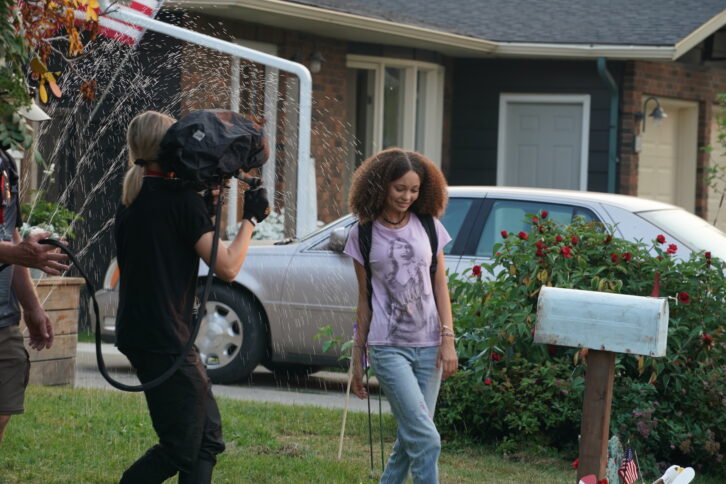
“They are gorgeous and are one of my favorite lens series. You have this focus plane which is very distinctive, but after that the falloff between the focus plan and the defocused area is very smooth. I love to work without filters too, and on the close-ups I just could not take my eye off the portraits we could create with the light. The system of light, lens, and camera gave a very specific, textured and warm image.”
In a post-apocalyptic world, low lighting and flares were a challenge that the Cooke lenses coped with well. “Some of the scenes went into areas where people did not have electricity, so the scenes were literally built only with flashlights. With the Cooke S4/i’s, you know that when you’re working with flaring, it’s sympathetic – it’s never too overwhelming or over-tinted,” said Sereda. “Shooting low light with the S4/I and ARRI ALEXA Mini produces beautiful work with very high-intensity areas and low exposed areas. In general, I really love to work on the bottom of the exposure curve, I really love to pack the image from 60% and down, having the whites always in a very low range to give us the opportunity of more shades and textures in the blacks.”
The organic, gentle Cooke Look was important as well, but not to the detriment of cooler images. “I did want to stay on the warmer side, we didn’t want to anticipate sad scenes being blue and happy scenes being warm. I’ve heard a lot about Cookes being warm, but I never had problems getting a cooler image – that’s what I feel they really support, the neutral look of light. And what I really love about that is that it helps me to keep all the colors where I want them to be.”
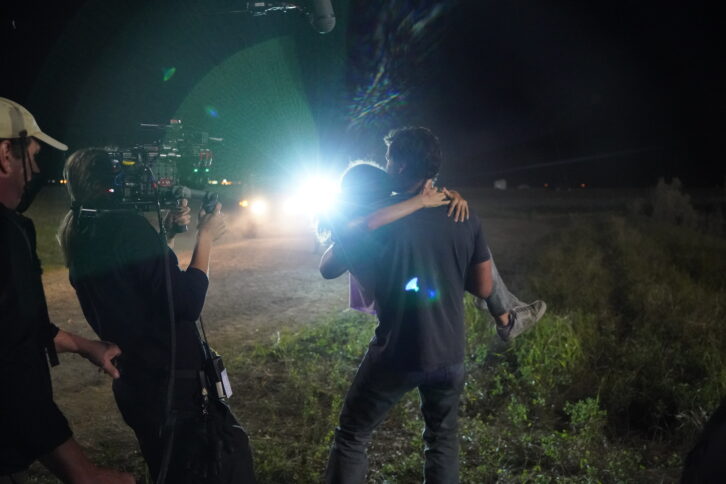
The show features a lot of visual effects, many of which were achieved practically. “Alex Wang, the VFX Supervisor, was wonderful to work with. John Paino, the production designer, created some fantastic sets and Barrie Gower did incredible work with prosthetics, so it was amazing to work with real elements on set,” said Sereda. “We used blue screen for very specific scenes like night scenes or more controlled environments. The key thing was, even though we used completely different VFX techniques over the show, the lenses, and the camera provided complete flexibility in creating every type of visual effect.”
The Last Of Us is currently available to view on Sky Atlantic in the UK and HBO Max in the US.
The Last of Us is written and executive produced by Craig Mazin (Emmy® Award-winning creator of HBO’s “Chernobyl”) and Neil Druckmann (creator and writer of the award-winning “The Last of Us” franchise and Naughty Dog Co-President). The series is a co-production with Sony Pictures Television and is executive produced by Carolyn Strauss, Evan Wells, Asad Qizilbash, Carter Swan, and Rose Lam. Production companies: PlayStation Productions, Word Games, The Mighty Mint, and Naughty Dog.
# # #


